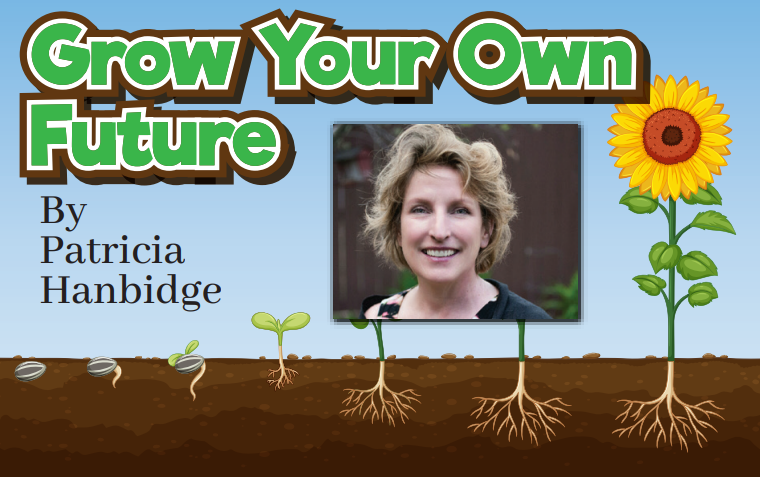Years ago, composting was a word that was relatively unknown. Today, as we make our salads or clean and prepare garden vegetables, we know that throwing out what is not edible is unacceptable! Composting behaviours by Canadians have been increasing. In 2019, 62 per cent of Canadian households composted kitchen waste which works out to just over three in five households.
Not only does composting prolong the life of current landfills but by composting greenhouse gas emissions are reduced by not having organic material decomposing in the landfill.
Compost is that dark, crumbly, sweet-smelling material that is the product of aerobically decomposed organic material. In other words - rotted (or recycled) plant matter that turns into a great additive to your garden. It greatly improves the structure and the capacity to hold and provide nutrients to plants. Compost is made with any green waste such as leaves, shredded twigs, and kitchen scraps you get as a result of eating fresh healthy plants as part of your diet.
Composting is also a good way to recycle leaves and other yard waste that we may not consume as food. Instead of paying a company to haul away leaves, you can compost those leaves and return the nutrients to your garden and improve the tilth of your soil. Instead of buying peat moss, save money and make your compost!
It is not difficult to compost as the process involves only four main components: organic matter, moisture, oxygen, and bacteria. Organic materials used for compost should include a mixture of brown organic material (dead leaves, twigs) and green organic material (lawn clippings, fruit rinds, etc.). Brown materials supply carbon, while green materials supply nitrogen. The best ratio is one-part green to 1-part brown material. Shredding, chopping or mowing these materials into smaller pieces will help speed the composting process by increasing the surface area of what is being composted.
In order for compost to be made, moisture is necessary. Compost should be comparable to the wetness of a wrung-out sponge. If your compost pile/bin is too dry, then it will not rot and the dry material will decompose very slowly. Add water during dry periods or when adding large amounts of brown organic material. If the pile is too wet, turn the pile and mix the materials. Another option is to add dry, brown organic materials.
Composting is an aerobic process - or a rotting process that happens in the presence of air. If your compost smells bad, then it may be that anaerobic rotting is occurring. Oxygen is needed to support the breakdown of plant material by the bacteria. To supply oxygen, you will need to turn the compost pile so that materials at the edges are brought to the centre of the pile. Turning the pile is important for complete composting and for controlling odour.
Bacteria and other microorganisms are the real workers in the compost process. By supplying organic materials, water, and oxygen, the already present bacteria will break down the plant material into useful compost for the garden. As the bacteria decompose the materials, they release heat, which is concentrated in the centre of the pile. You may also add layers of soil or finished compost to supply more bacteria and speed the composting process. Commercial starters are available but are not necessary for compost piles that have a proper carbon-to-nitrogen ratio (1-part green organic material to 1-part brown organic material).
Watch next week for more about how to use compost and vermicomposting. Until then we hope that your compost will always be sweet and available in large quantities!
Hanbidge is the Lead Horticulturist with Orchid Horticulture. Find us at ; by email at [email protected]; on Facebook @orchidhort and Instagram at #orchidhort.
Tune into GROW Live, weekly on our Facebook page or check out the channel GROW on youtube.


